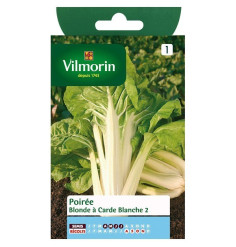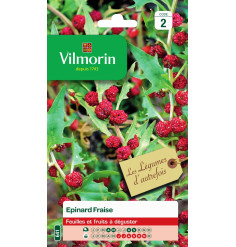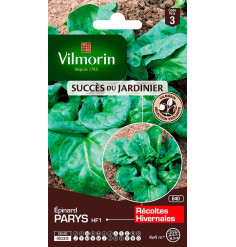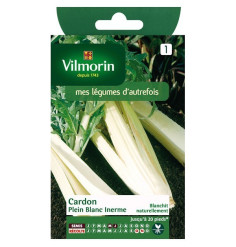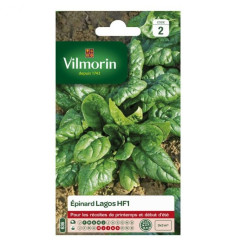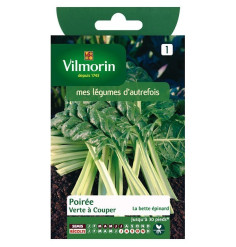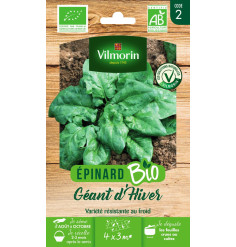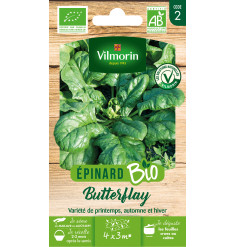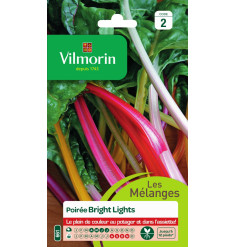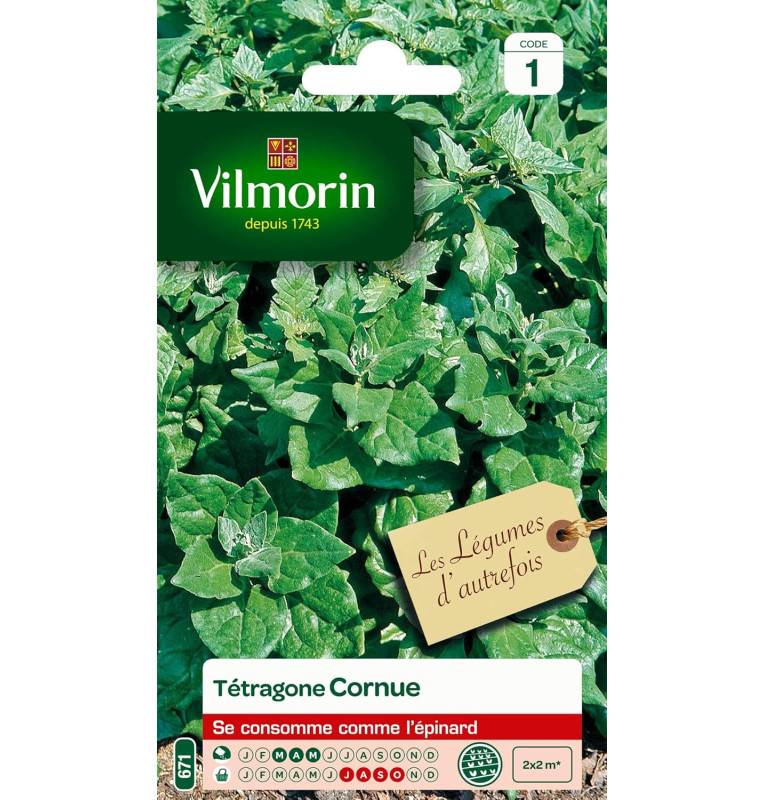

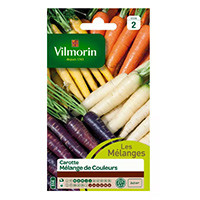
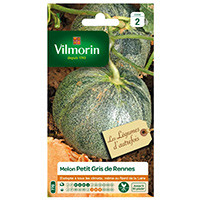
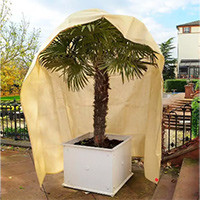
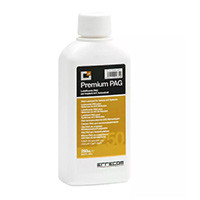
This plant, which does not fear heat or drought, replaces spinach very well during the summer, especially in warmer regions.
Description:
This plant, which does not fear heat or drought, replaces spinach very well during the summer, especially in warmer regions.
Culinary tip:
The leaves of the horned tetragon are delicious cooked and tanned like spinach.
Soil tip:
To make it easier to lift, soak the seeds in water for 24 hours before sowing. The tetragon likes sun and heat.
Culture advice:
1. Sows: Sow in May, in poquets (small holes in which several seeds are placed) of 4-5 seeds, 60 x 80 cm apart.
2. Thinning: Lighten if the plants are too tight.
3. Harvest: Harvest from August to October. To have tetragons from July, sow under cover in March-April.
Plants:
The tetragon likes the proximity of the strawberry which allows it to have a larger production with softer leaves.
Performance:
2x2 m
Bag comprising 5g of seeds
The stages of sowing:



This plant, which does not fear heat or drought, replaces spinach very well during the summer, especially in warmer regions.


